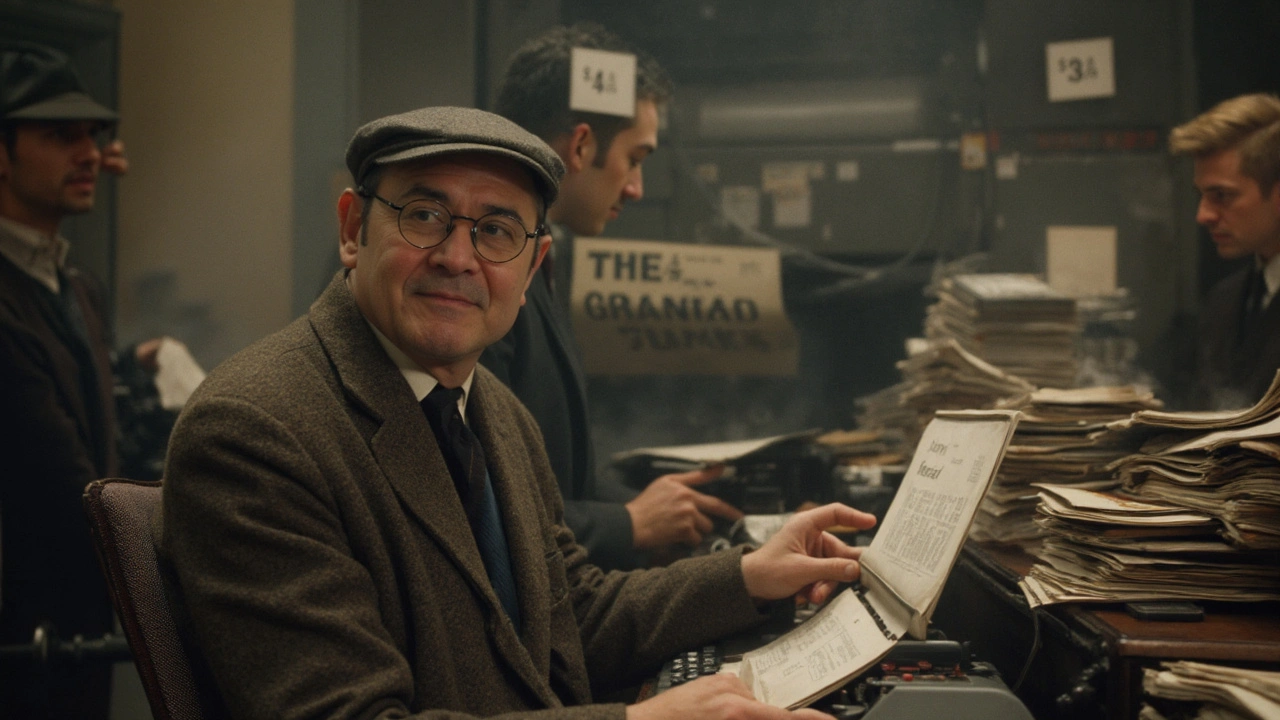Media Nicknames: The Stories Behind UK Press Names
Ever wonder why the Daily Express gets called “The Express” or why London is nicknamed “The Big Smoke”? Media nicknames are more than a cute label – they’re a snapshot of history, culture and how audiences relate to their favourite outlets. In this guide we’ll break down the most famous UK media nicknames, explain where they came from, and show why they still matter.
Where Do Media Nicknames Come From?
Most nicknames start as shorthand in the newsroom or among readers. A long‑standing paper like the Financial Times earned the tag “FT” because it’s quicker to type. Others grow from a story or a trait. The Guardian is often called “The G” by younger readers who use social media abbreviations. TV channels join the trend too – BBC One becomes “BBC One” or just “BBC1” in casual chat.
Classic UK Newspaper Nicknames
Some nicknames are instantly recognizable. The Sun is simply “The Sun” but many refer to it as “The Sun” (with a capital ‘S’) to emphasize its tabloid flair. The Daily Mail got labeled “Mail” or “The Mail” because its masthead is so dominant. The Evening Standard is often just “Standard” in commuter circles. Even the London Evening Standard earned the affectionate nickname “The Standard” as Londoners chatted on the Tube.
Then there are quirky ones. London Evening Standard once earned the moniker “The Big Smoke” – a nod to historic London smog and the paper’s bold presence. Metro is sometimes called “Metro” or “Metro News” because its free‑paper format spreads like a metro line throughout the city. Each nickname tells a quick story about the outlet’s personality or reach.
Online platforms add their own twists. Google News UK is casually called “Google News” or “GNUK” by tech‑savvy readers. Social media sites like Twitter become “The Bird” in newsroom gossip, while Facebook is often just “FB”. These shortcuts help journalists write faster and readers discuss headlines with ease.
Why do these nicknames stick? Simplicity, branding and a sense of community. When a reader says, “Did you see what The Sun ran yesterday?” it feels personal, like talking to a neighbor rather than a faceless corporation. The nickname also reinforces the outlet’s identity – “The Big Smoke” instantly conjures images of London’s gritty past and modern hustle.
For media professionals, using the right nickname can boost engagement. Social media posts with “The Guardian” or “FT” get more clicks because they look familiar. Advertisers also use nicknames in campaigns to align with the audience’s language, making their message feel less like an ad and more like a conversation.
So next time you scroll through headlines, notice the name you use. Whether it’s “The Express,” “The G,” or “The Big Smoke,” that nickname is a tiny piece of media history you’re part of. It shows how the press evolve, yet stay rooted in the words people love to say.

What is a Grauniad? UK News' Most Famous Typo Explained
Ever wondered why some people call The Guardian 'The Grauniad'? This long-read dives into the origins of one of the UK's quirkiest media nicknames. You'll find out where the nickname came from, why it stuck, and what it says about British journalism. We’ll even look at the way the paper embraced the joke. Discover how a simple typo turned into a badge of honor for a major newspaper.
READ MORE